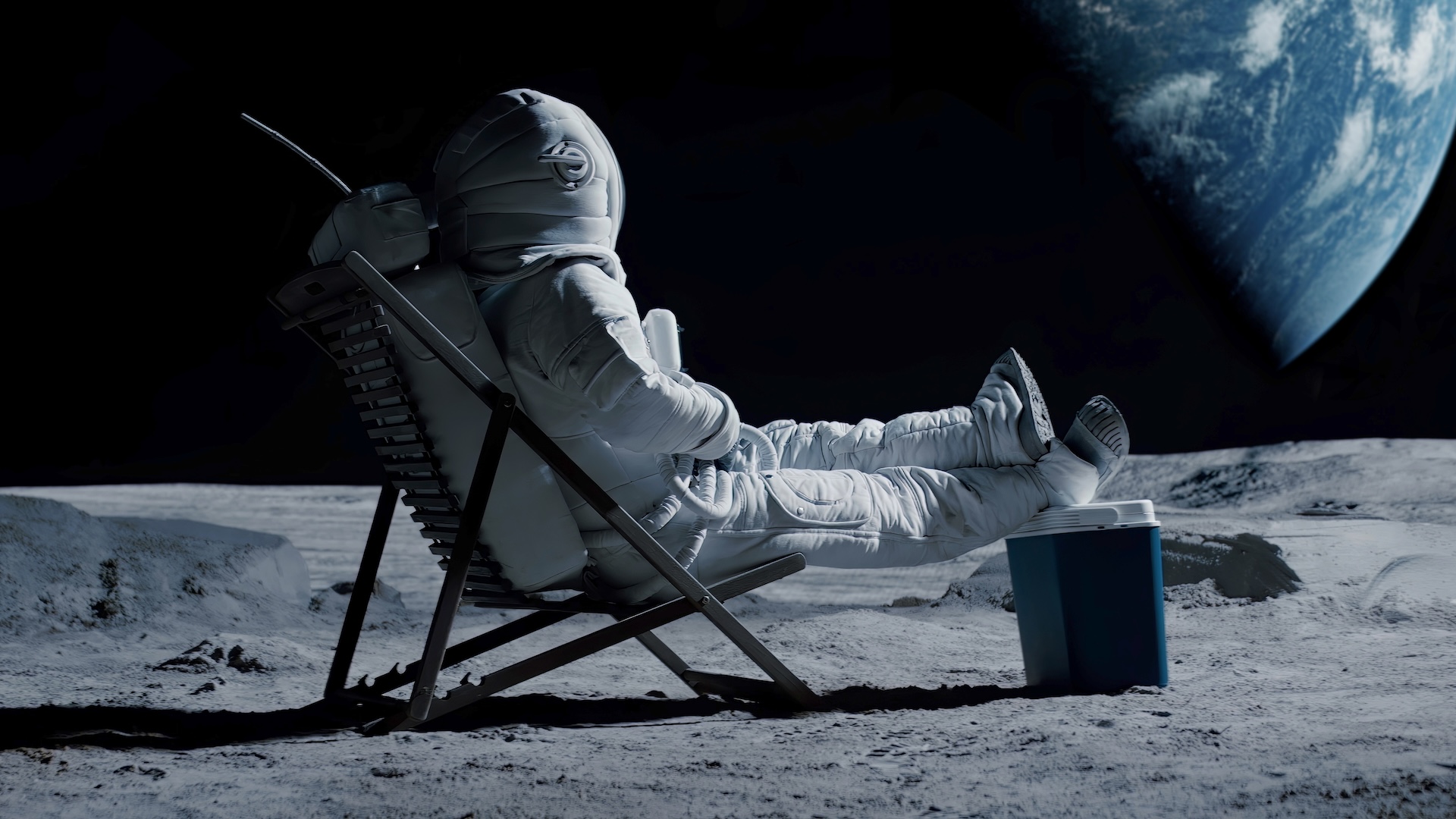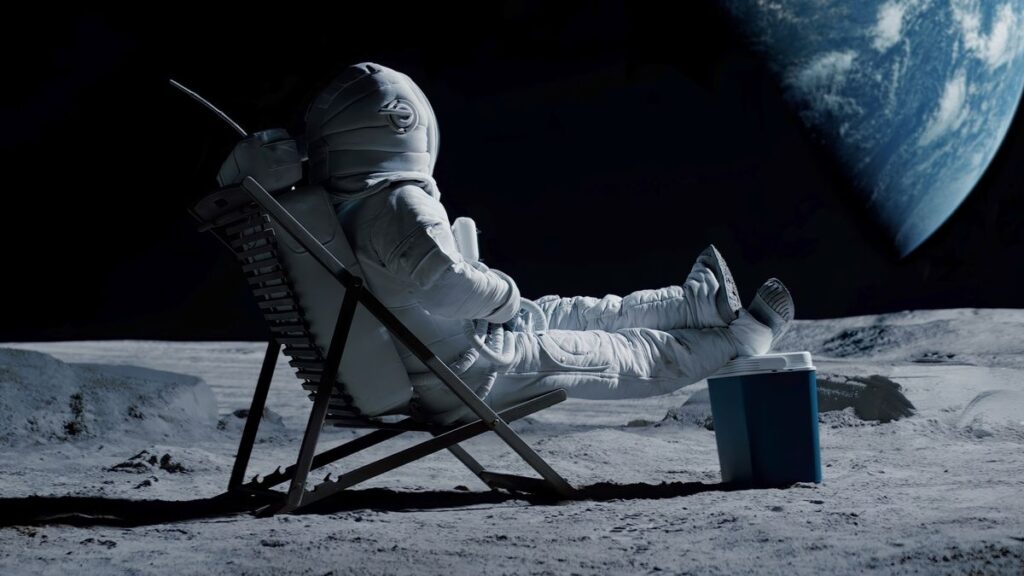
The moon may seem like a cold, lifeless rock. But how cold does it actually get on the lunar surface? What is the temperature of the moon?
Actually, it’s not that cold — at least, not all the time. As on Earth, the temperature of the moon’s surface changes depending on whether sunlight hits it. In fact, these temperature fluctuations can be quite dramatic.
“The temperature just wildly swings from extremely hot to extremely cold,” John Monnier, a professor of astronomy at the University of Michigan, told Live Science. The moon’s temperature can range from about minus 148 degrees Fahrenheit to over 212 degrees Fahrenheit (minus 100 degrees Celsius to over 100 degrees Celsius), Monnier said.
In contrast, Earth’s mean surface temperature is 59 F (15 C), but it ranges from about minus 129 F to 134 F (minus 89 C to 57 C), according to NASA.
Although Earth and the moon are roughly the same distance from the sun — about 93 million miles (150 million kilometers) — a few factors influence why their temperatures are so different. First, Earth has an atmosphere, which traps heat and maintains moderate, habitable temperatures on our planet. The moon doesn’t have an atmosphere, leaving it vulnerable to the full heat of the sun, Monnier said.
Related: Will Earth ever lose its moon?
Earth also has vast oceans, which absorb and store energy from the sun and slowly release it at night. The rocky moon, by contrast, bakes or chills in light and shadow. What’s more, a lunar day-night cycle approximates an Earth month, so its surface is exposed to light and darkness for longer periods.
The moon’s soil, known as regolith, is “a really good insulator,” Monnier said. So, in both light and darkness, the moon’s surface retains heat or cold. These temperature changes vary all over the moon’s surface. Although the regolith is a good insulator, it’s not a good conductor. During the Apollo 15 and 17 missions, the crew took heat flow measurements below the surface. The average temperature 14 inches (35 centimeters) below the surface of the sites measured was between 40 and 45 kelvins warmer than the surface, indicating that the moon’s subsurface doesn’t endure the same temperature extremes.
According to NASA, near the moon’s equator, temperatures can reach 250 F (121 C) in sunlight and dip to minus 207 F (minus 133 C) in darkness. After Mercury, the moon’s surface has the most extreme thermal environment in the solar system.
However, at the moon’s poles, the sun doesn’t rise or set. It’s never more than 1.5 degrees above or below the horizon, so it casts long shadows that rotate with the moon. These low angles mean there are some craters in perpetual darkness. Monnier said it’s possible that these craters, known as permanently shadowed regions, contain trapped ice particles, which could be crucial for human survival on the moon.
NASA has measured the moon’s temperature with the Lunar Reconnaissance Orbiter (LRO), which launched in June 2009. In July 2022, the LRO — using its onboard thermal camera, the Diviner Lunar Radiometer Experiment — discovered that some shaded regions within pits remain around 63 F (17 C). The finding indicates that these pits could make adequate sites for human shelter.
However, the moon might get extremely cold in some shadowed areas, and it might even contain the coldest temperature in the solar system, research suggests. Craters on the lunar south pole might be “doubly shadowed,” meaning they are shielded not only from direct solar heat but also from secondary heating sources, like solar radiation reflecting off of nearby areas. Direct temperatures of these craters haven’t been taken, but it’s possible they could be 25 kelvins (minus 414.67 F, or minus 248.15 C) or even colder.
An understanding of how the moon’s temperatures fluctuate in different places will also be crucial for future exploration. Even before we consider the possibility of extended human stays on the moon, we must build equipment that can withstand the temperature highs and lows, Monnier said. It’s also important to comprehend how the insulating regolith interacts with different instruments, to avoid overheating them.
“If we want to have a permanent settlement on the moon, like a base, or we want to have scientific instruments, then of course we have to know the temperature and how it varies so we can make things that will last,” Monnier said.
